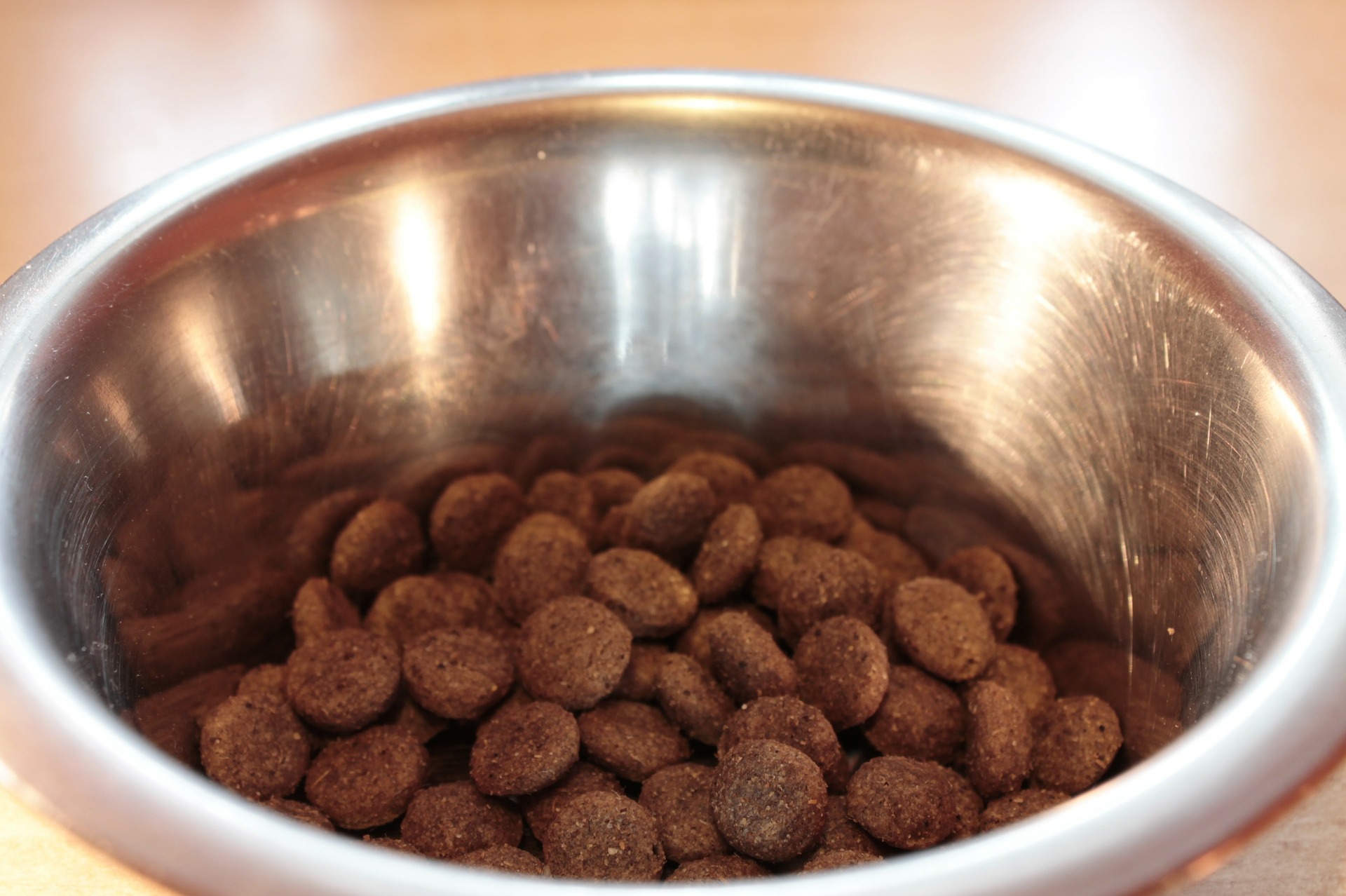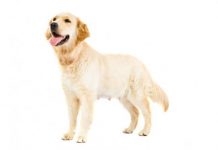The feeding of your dog is an aspect that you should not neglect so that the animal leads a healthy and balanced life. You should choose your pet's food, primarily based on the age and size of your dog.
The type of diet you offer your dog, and the ingredients that make it up are essential to ensure that its diet covers all its nutritional needs. If you are concerned about your pet's diet and want to know how to choose your dog's food, keep reading this article.
Wet diet or dry diet?
When we have to choose dog food, one of the most frequent questions is: cans or feed? The cans of food corresponding to the wet diet and the feed to the dry one. There is also the semi-humid diet, with an intermediate amount of humidity, and they are hamburgers or pieces of beef for dogs. Although the wet diet is more delicious for our dog, fat than dry feed and can cause obesity in our pets.
Read also: How Much Should a Labrador Puppy Eat?
Simply because of this, it is not recommended to base our dog's diet solely on cans. It is best to feed the dog with feed since it has all the nutrients and proteins that our animal needs and favors oral hygiene since when chewing and grinding the food, the appearance of plaque on the teeth is delayed. However, it is advisable to brush our dog's teeth. If the dog does the right exercise, you can mix it with semi-moist food from time to time.
Choosing my Puppy's Food
Within the dry diet, there is a wide variety from which we can choose our dog's food depending on the age of our pet.
The first months of your puppy are crucial because they will mark all its growth and development. Thus, in the case of puppies, you should choose a balanced food, which includes:
- Variety of nutrients and proteins
- Great energy concentration
- Lots of fiber to facilitate digestion and quickly expel the bacteria and parasites that the mother passed to it through breast milk
Your puppy's food must stimulate his defenses to prevent him from contracting a dangerous disease, such as canine parvovirus. Usually, the right food for puppies comes in the form of tiny balls.
For the first two months of life, it is recommended that you moisten the feed a little with water to facilitate the food's grinding. Little by little, start giving him the completely dry feed. Never feed your puppy your food because you would alter his organism.

Choosing Food for my Adult Dog
Your dog is already an adult from the year of life, and you should start changing his feed. Remember that dogs are mainly carnivorous animals. Therefore, we must avoid excess cereals in your pet's feed. Cereals are usually synonymous with a low-quality feed. Thus, you must take a good look at the ingredients of dog food and make sure that:
- The feed does not contain corn, corn flour, soybeans or wheat, because dogs cannot handle this type of food correctly and also, they can cause allergies
- Does not include chemical preservatives or additives, such as BHA, BHT, or propylene gallate
- The protein source of the feed is significant to ensure the digestibility of the food. Fish and meat should be the primary sources of food
- Contains vitamin E, C, and Omega-3, as they are very healthy for dogs
- The carbohydrate source is rice, oatmeal, or yeast
- Depending on the level of activity, it is recommended that you have a minimum amount of fat
- Have fiber, fruits, barley, glucosamine, and chondroitin
- And most importantly, that all ingredients are suitable for human consumption (human-grade)
The ingredients of the dog food should be as explicit and clear as possible. The more natural and healthy they are, the better, such as fresh chicken, beef, or lamb. Many brands use derivatives from food sources, such as chicken flour, which are not recommended for your dog's food.
Choosing my Dog's Food According to its Size
The size of the dog also plays an essential role when choosing the dog's food. Like St Bernards or Great Danes, the giant size dogs need more energy input than the small breed.
Large adult dogs need a highly digestive and high-calorie feed to meet their nutritional needs. Vitamin E and C are essential in your diet. Phosphorus, on the other hand, is an ingredient that must appear in minimal quantities.
Small dogs need a type of kibble that makes them chew and promotes the elimination of bacterial plaque since they are more prone to the creation of tartar. To avoid obesity, the amount of fat must be minimal. They tend to suffer from digestive disorders, so that fiber, fruits, oats, glucosamine, and chondroitin are ingredients that cannot be missing in your small dog's food.
Tips and Recommendations
An essential aspect that we must consider when choosing our dog's feed is that it has been prepared in a human-grade plant. Many brands manufacture dog food with products not suitable for humans, such as bones, guts, feathers, etc. Plants for human consumption guarantee that the feed complies with health requirements and that the ingredients used are also suitable for human consumption.
Also read: How Much Should a Boxer Dog Eat?
The quality of our pet's food is essential if we want it to live a balanced, healthy existence. Therefore, you must take into account all these indications. Just as important is choosing the food bowl to be eaten correctly and the amount of food that our dog should eat.
More Tips
- Under no circumstances should you feed your dog, whether it is a puppy or an adult, your food because you could alter its body and even cause food poisoning.
Adapted and translated by The Cop Cart Staff
Sources: Uncomo







